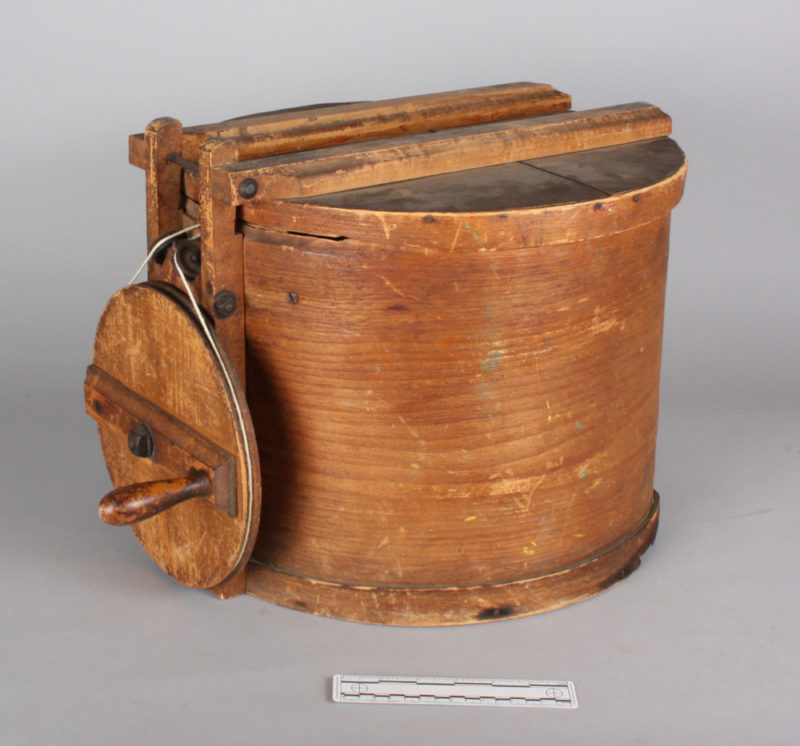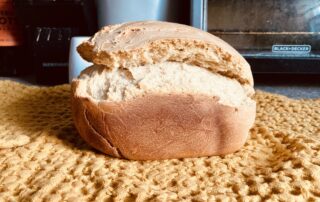The Babcock butterfat test, developed at the University of Wisconsin, provided a simple and inexpensive way to assess the quality of milk. The test improved standards for milk producers, transforming the nation’s dairy industry and setting Wisconsin on the path to dairy dominance.
Part of what made the test so transformative was its ease of use and simple construction. This one was built inside a standard cheese box. The “do it yourself” quality of this Babcock tester reflects Stephen Babcock’s desire to share his work freely for the benefit of the dairy industry.
Although Babcock has been immortalized for his work on the butterfat test that received his name, it was not really his idea. The Babcock test was originally conceived by Wisconsin agricultural chemist Frederick Garland Short.
Butterfat is a crucial ingredient in butter and cheese. One of the biggest problems facing dairy producers in the 19th century was the best way to pay farmers for their milk. Most paid by weight, which invited some unscrupulous individuals to water down the milk or skim off the cream.
Short conceived of a simple way to test butterfat by using a chemical agent to separate the cream from milk and then centrifuging the sample to collect the butterfat. But Short resigned his position before he could test out and perfect his theory so the job fell to Babcock. Babcock turned Short’s theory into a simple and reliable test.
So important was Babcock’s development to the dairy industry that he refused to patent it, offering it free-of-charge for anyone to use, modify, or improve.
Commercial manufacturers soon seized on the opportunity presented by Babcock and started producing a wide variety of butterfat testers.
This story is part of Wisconsin 101, a collaborative project to explore our history in objects.









